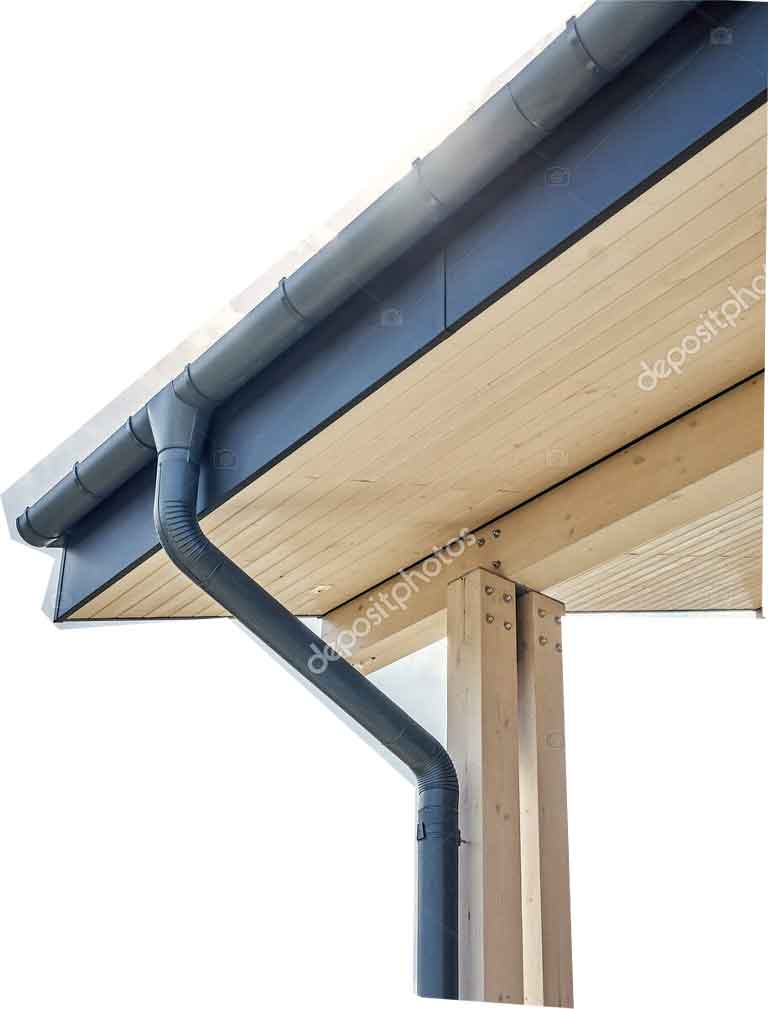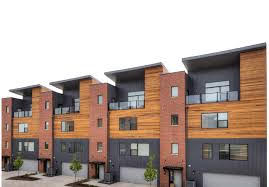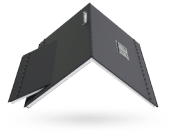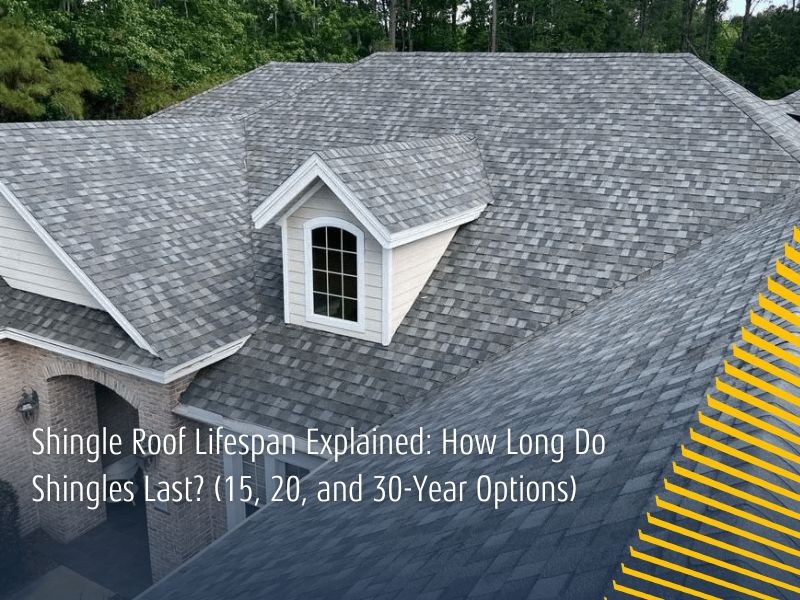For Florida homeowners, keeping cooling bills under control is a constant challenge. With intense sunlight and long hot summer seasons, the roof plays a major role in how much heat enters a house. Reflective shingles, part of a cool roof strategy, are designed to reflect more sunlight, reduce roof surface temperature, and help homeowners save on energy costs. This article explores how reflective roofing products work, the benefits of cool roofs, and why they are one of the smartest roof options for energy-efficient living in hot climates.
Why does the roof matter so much in Florida’s heat?
The roof could be the single biggest factor in how much heat your home absorbs. Florida homeowners deal with powerful sunlight that drives up roof temperatures, which then warms the entire living space. A regular roof with dark-colored shingles or tiles absorbs heat, forcing your air conditioning system to work harder. This results in higher utility bills and shorter lifespan of your roof.
Cool roofing products like reflective shingles or coatings are designed to reflect more sunlight and lower roof surface temperature. By lowering heat transfer, these roofing materials help homeowners manage cooling costs while extending roof life.
What are reflective shingles and how do they work?
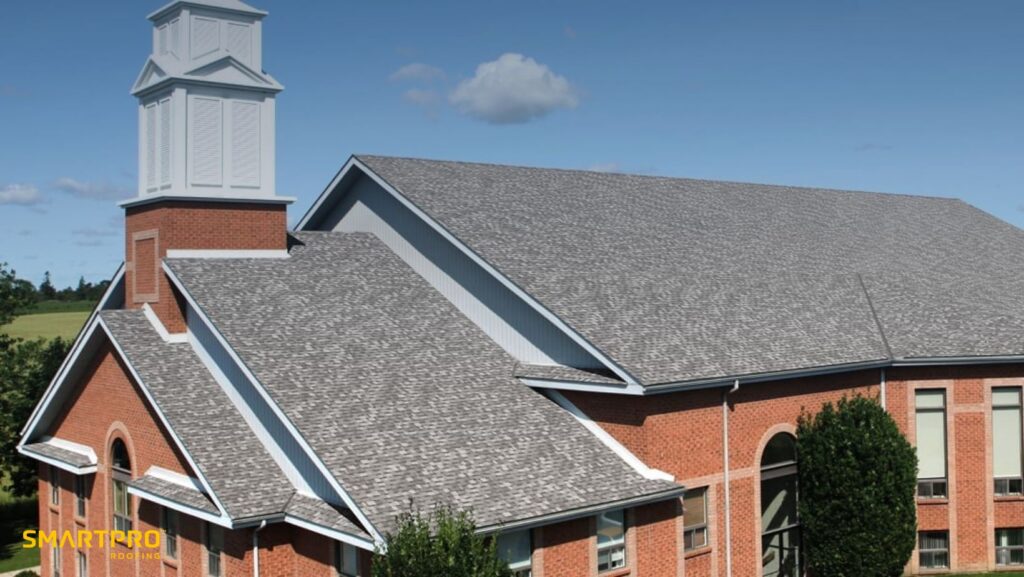
Reflective shingles are a type of roofing product specifically designed to reflect sunlight instead of absorbing it. Traditional asphalt shingles or dark gray shingles act like heat sponges, but reflective shingles use special reflective materials and coatings that bounce sunlight away.
Solar reflective shingles are designed to reflect more sunlight and reduce heat buildup. With reflective properties built into the shingle surface, a reflective roof helps lower roof temperatures, reduces cooling energy, and keeps the attic space cooler. This improves energy efficiency and lowers energy use throughout the home.
How does a cool roof reduce cooling bills?
A cool roof reflects a greater portion of sunlight than a conventional roof. When a roof reflects sunlight, it decreases roof surface temperature, which in turn lowers the demand on the air conditioning system. Less heat inside means less cooling energy is needed to maintain comfort.
Studies from the Cool Roof Rating Council show that a cool roof can reduce cooling costs by up to 15 percent in hot climates. By helping reduce heat transfer, reflective roofs also contribute to long-term energy savings and lower utility bills. Over time, this investment offsets the initial cost of roof replacement or installing cool roofing products.
What types of cool roof systems are available?
There are several different roofing systems designed for energy efficiency. The most common roof types include:
- Reflective shingles, which look like standard shingles but contain reflective properties.
- Metal roof systems with reflective coatings that bounce sunlight away.
- Tile roofs that can be manufactured with light-colored roofs or special finishes to reduce heat.
- Roof coatings that can be rolled onto the roof to turn an existing roof into a cool roof.
Each roof option provides different levels of performance and roof lifespan. Choosing the right roof materials depends on budget, style, and specific roofing needs.
Why are reflective shingles a good roof option for Florida homeowners?
For Florida homeowners, reflective shingles provide a balance of affordability, durability, and energy efficiency. They resemble traditional asphalt shingles, but with the added benefit of solar reflectance. Unlike metal roof systems or tile roofs that can be more expensive, reflective shingles are a practical roofing product for widespread use.
Reflective roof technology helps reduce your energy costs while maintaining the look of a standard shingle roof. They are especially beneficial in urban areas where the heat island effect makes neighborhoods hotter due to dark-colored roofs and pavement.
How do reflective roofs compare to other cool roofing products?

Reflective shingles are just one of many cool roofing products. Metal roofs, tile roofs, and cool roof coatings each provide unique benefits. For example, a metal roof coated with reflective materials can last decades and provide excellent energy savings. Tile roofs, especially light-colored tiles, also reflect heat and work well in hot climates.
Cool roof coatings are versatile because they can be applied to an existing roof. These coatings, rolled onto the roof surface, turn traditional roofs into cool roofs that reduce heat transfer. Homeowners with different roofing systems can install a cool roof without complete roof replacement, making coatings a cost-effective solution.
What role does roof color play in energy efficiency?
Roof color has a huge effect on roof temperatures. Dark roofs absorb heat, while light-colored roofs bounce sunlight away. This difference impacts the amount of cooling energy required in a home. For example, dark gray shingles can raise attic temperatures significantly, while reflective shingles or light tile roofs keep attics cooler.
Roofs reflect sunlight based on their solar reflectance. A cool roof reflects more, reducing heat buildup and lowering energy consumption. This helps homeowners reduce energy and cooling bills during Florida’s long summers.
How can cool roofs help with the heat island effect?
In dense urban areas, the urban heat island effect occurs when dark-colored roofs and pavement absorb sunlight, increasing overall temperatures. Cool roofs help mitigate the urban heat island effect by reflecting sunlight instead of absorbing it.
By lowering roof surface temperature, cool roofs also help reduce air conditioning demand and improve air quality. Widespread adoption of reflective roofs in urban environments provides multiple environmental benefits, including reducing pollution and energy use at a community level.
What do homeowners need to know about roof installation and maintenance?
Installing a cool roof requires the right roofing contractor familiar with cool roofing products. A new roof with reflective shingles or coatings should be properly sealed to prevent leaks and ensure long-term roof performance. Roof slope and roof type also play a role in how effective a cool roof system will be.
Regular roof maintenance is important for reflective roofs, just as it is for any roofing product. Cleaning debris, inspecting roof coatings, and scheduling roof repair when needed will extend the lifespan of your roof. Roofs can reduce your energy use only when they remain in good condition.
What are the benefits and costs of choosing a cool roof?
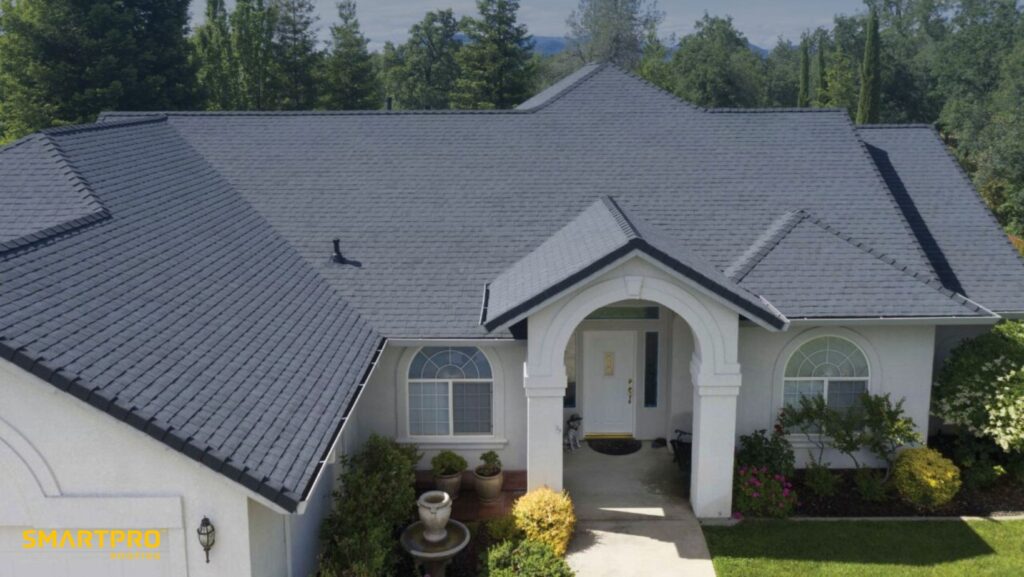
The benefits of cool roofs include energy savings, lower cooling bills, improved comfort, and longer roof life. Cool roofs help lower roof temperatures, reduce heat transfer, and protect the air conditioning system from overwork.
The costs vary depending on roof type and materials. While reflective shingles or cool roof coatings may cost more upfront than standard shingles, the annual cooling savings often offset this over time. Roofs also gain durability with less heat stress, meaning a longer roof lifespan and reduced roof repair costs.
Summary: Key things to remember about reflective shingles in Florida
- The roof plays a critical role in cooling costs for Florida homeowners
- Reflective shingles are designed to reflect more sunlight and reduce heat buildup
- A cool roof can reduce cooling costs by lowering roof surface temperature
- Types of cool roofs include reflective shingles, metal roofs, tile roofs, and coatings
- Roof color impacts energy efficiency, with light-colored roofs reducing heat transfer
- Cool roofs help mitigate the heat island effect in urban areas
- Roof maintenance is essential for long-lasting cool roofing performance
- The benefits of cool roofs include lower utility bills, reduced air conditioning use, and longer roof lifespan
Get Started with Your Roof Today
Ready to see exactly what your new roof will cost and buy it entirely online without the sales pitch? Get your free SmartQuote today in just minutes through SmartPRO Roofing’s online platform: Get Your SmartQuote.



